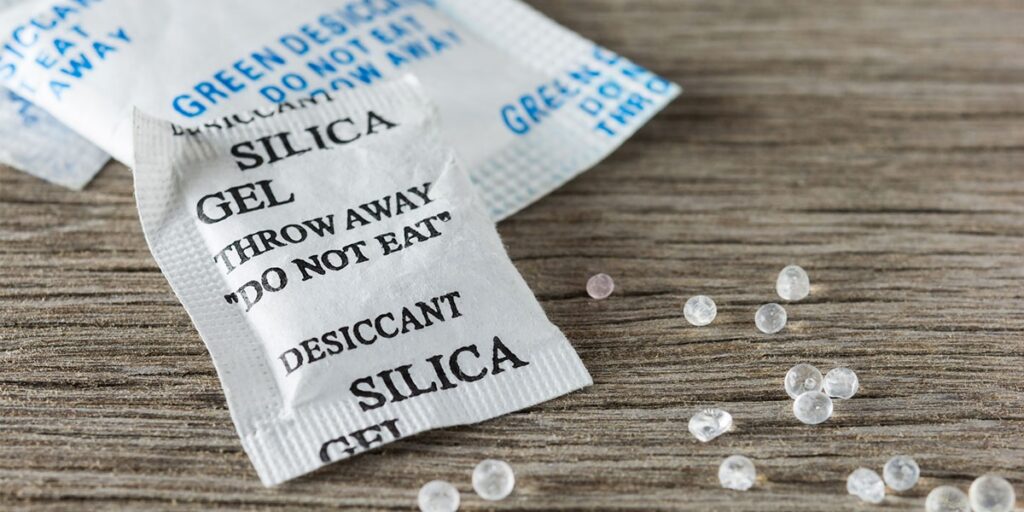Desiccants play a crucial role in controlling moisture levels within packaging, thereby enhancing the longevity and quality of various products. By absorbing excess humidity, desiccants prevent the detrimental effects of moisture, such as mold growth, rust, and degradation of sensitive materials. This is particularly important for industries dealing with pharmaceuticals, electronics, and food products, where maintaining a specific level of dryness is essential for product efficacy and safety.
Types of Desiccants
Silica Gel – One of the most widely recognized desiccants, silica gel is a form of silicon dioxide. It is highly effective due to its large surface area, which can absorb moisture up to 40% of its weight. Silica gel is used extensively in packaging, electronics, and pharmaceuticals. It is often found in small packets labeled Do Not Eat, which are included in product packaging to keep items dry.
Activated Charcoal – Known for its high porosity, activated charcoal adsorbs moisture and odors. It is particularly useful in environments where odor control is also necessary. Activated charcoal is often used in food packaging and storage applications.
Molecular Sieves – These desiccants have a porous structure that can adsorb moisture at a molecular level. Molecular sieves are particularly effective in situations where very low humidity levels are required. They are commonly used in the packaging of electronic components and pharmaceuticals.

Clay Desiccants – Made from natural clay materials, these desiccants are less expensive and offer moderate moisture absorption. Jalon desiccants are often used in less critical applications where high-performance desiccants are not necessary.
Impact on Packaging
Prevention of Moisture-Related Damage – By reducing the moisture level inside the package, desiccants help prevent mold growth, rust, and the degradation of materials. This is particularly important for products like electronics, which can suffer from corrosion, and food items, which can become stale or spoil.
Extended Shelf Life – For products such as pharmaceuticals and food, maintaining a dry environment helps in preserving their shelf life. Moisture can accelerate the degradation of these products, reducing their effectiveness or causing them to spoil prematurely. Desiccants help ensure that the products remain in optimal condition until they reach the consumer.
Maintaining Quality and Performance – In electronics, moisture can lead to short circuits or malfunction. Desiccants protect sensitive components by keeping the packaging environment dry. Similarly, in pharmaceuticals, moisture can affect the stability and potency of drugs.
Cost Efficiency – Although desiccants add an additional cost to packaging, they often save money in the long run by reducing product damage and spoilage. This can lead to fewer returns and replacements, ultimately benefiting manufacturers and retailers and what is a desiccant.
Desiccants are an essential component of effective packaging solutions, playing a critical role in moisture control and product preservation. By selecting the appropriate type of desiccant for specific applications, manufacturers can ensure that their products remain in optimal condition, extending shelf life and maintaining quality. As industries continue to prioritize product integrity, the role of desiccants in packaging will remain vital.